Description
THIRTY THOUSAND YEARS OF HISTORY
Grind grains to make flour, just like the Vikings did. And in fact, just your ancestors have been doing for at least 30,000 years! This beautiful hand-operated mill, or “quern”, can be used in the kitchen, artists’s studio or potter’s workshop.
USES:
For grinding dry and wet food, for teaching, or for ornament. Grind nuts and seeds, coffee beans, tofu, chilies, spices, fruit, vegetables, herbs, spices, meat, bark, pigments, temper, clay and more.
MADE FROM THE BEST MATERIALS
This hand-mill is made from bluestone, a type of basalt, it and comes with a study wooden stand. “The best type of stone from which to manufacture quern-stones are igneous rocks such as basalt. These have naturally rough surfaces, but grains do not detach easily, so the material being ground does not become gritty.”
BOTH USEFUL AND BEAUTIFUL
In ancient times, ” Basalt quern-stones were transported over long-distances, implying that that, despite their everyday, utilitarian function, they were also used as a status symbol.” [Wikipedia: Quern-stone]. Your bluestone hand mill will look stunning in your kitchen or craft workshop, and be a talking-point for visitors.
Let your family and children participate in the process of grinding your own foodstuffs, and feel the magic of food! This kitchen assistant will inspire your cooking and creativity. It will add to the fun and enjoyment of making delicious food!
Available in 3 sizes.
Material: Hand-made from natural bluestone
Package includes: 1x Wooden frame, 1x Bluestone Grinder
NOTES:
To make a very fine powder, put the material through the hand-mill several times.
Maintenance: Wash with clean water and dry after use.
This bluestone grinder is made in China, and it is a very representative of traditional utensils used in China.
CAUTION:
All kinds of bluestone grinder weights are respectively 35.3lb / 79.4lb
Upper plate and lower plate specifications are respectively 7.87inx11.8in / 11.8inx15.7in
Please move it carefully. It is really heavy, over 40 pounds (18 kg). To avoid foot injuries, consider using a tool such as a hand-trolley to carry it.
ABOUT QUERNS
From Wikipedia: “Quern-stones are stone tools for hand-grinding a wide variety of materials. They are used in pairs.” Early querns were of a design called “saddle querns” “Later querns are known as rotary querns. The central hole of a rotary quern is called the eye, and a dish in the upper surface is known as the hopper. A handle slot contained a handle which enabled the rotary quern to be rotated. They were first used in the Neolithic era to grind cereals into flour.
“Design of quern-stones: Quern-stones are frequently identifiable by their grooved working surfaces which enabled the movement of flour. . . Most handstones have a handle hole on the upper surface, but one class of quern-stones have a slot handle which indicates that a piece of wood was placed horizontally and protruded out from the edge so that the operator could turn the stone by standing and using a rod vertically.
“Grain: Quern-stones have been used by numerous civilizations throughout the world to grind materials, the most important of which was usually grain to make flour for bread-making. They were generally replaced by millstones once mechanised forms of milling appeared, particularly the water mill and the windmill. . . However, in many non-Westernised, non-mechanised cultures they are still manufactured and used regularly and have only been replaced in many parts of the world in the last century or so.
“The use of grinding stones for vegetal food processing, and possibly the production of flour, was widespread across Europe from at least 30,000 years ago.
“Quern stones were used in China at least 10,000 years ago to grind wheat into flour. . . Due to their form, dimensions, and the nature of the treatment of the surfaces, they reproduce precisely the most ancient implements used for grinding cereal grain into flour. . . prehistoric quern dating back to 23,000 BCE was found at the Longwangchan archaeological site, in Hukou, Shaanxi in 2007.
“Other materials: As well as grain, ethnographic evidence and Mesopotamian texts show that a wide range of foodstuffs and inorganic materials were processed using stone querns or mortars, including nuts, seeds, fruit, vegetables, herbs, spices, meat, bark, pigments, temper and clay. Moreover, one study analysing quern-stones led authors to conclude that querns had been used in the preparation of medicines, cosmetics, dyes or even in the manufacture of alloys.
“Manufacture of quern-stones: The best type of stone from which to manufacture quern-stones are igneous rocks such as basalt. These have naturally rough surfaces, but grains do not detach easily, so the material being ground does not become gritty. However, such rocks are not always available, meaning that quern-stones have been manufactured from a wide variety of rocks, including sandstone, quartzite and limestone. Quernmore Crag near Lancaster in England is named after the quarrying of millstone grit used to make quern stones in these parts. The names of the mountains of Whernside and Great Whernside in the Yorkshire Dales have the same origin.
“In the southern Levant, basalt quern-stones were preferred to those manufactured from other rock types. Basalt quern-stones were therefore transported over long-distances, implying that that, despite their everyday, utilitarian function, they were also used as a status symbol.


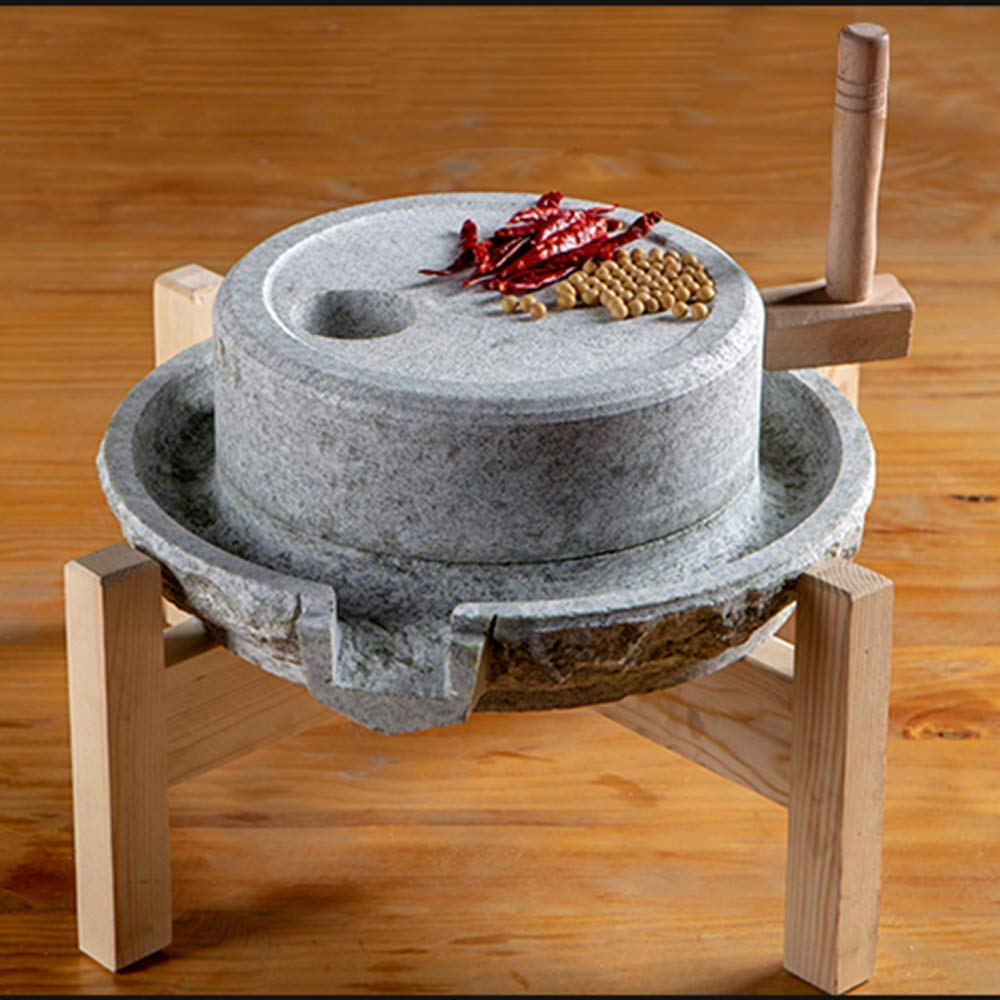

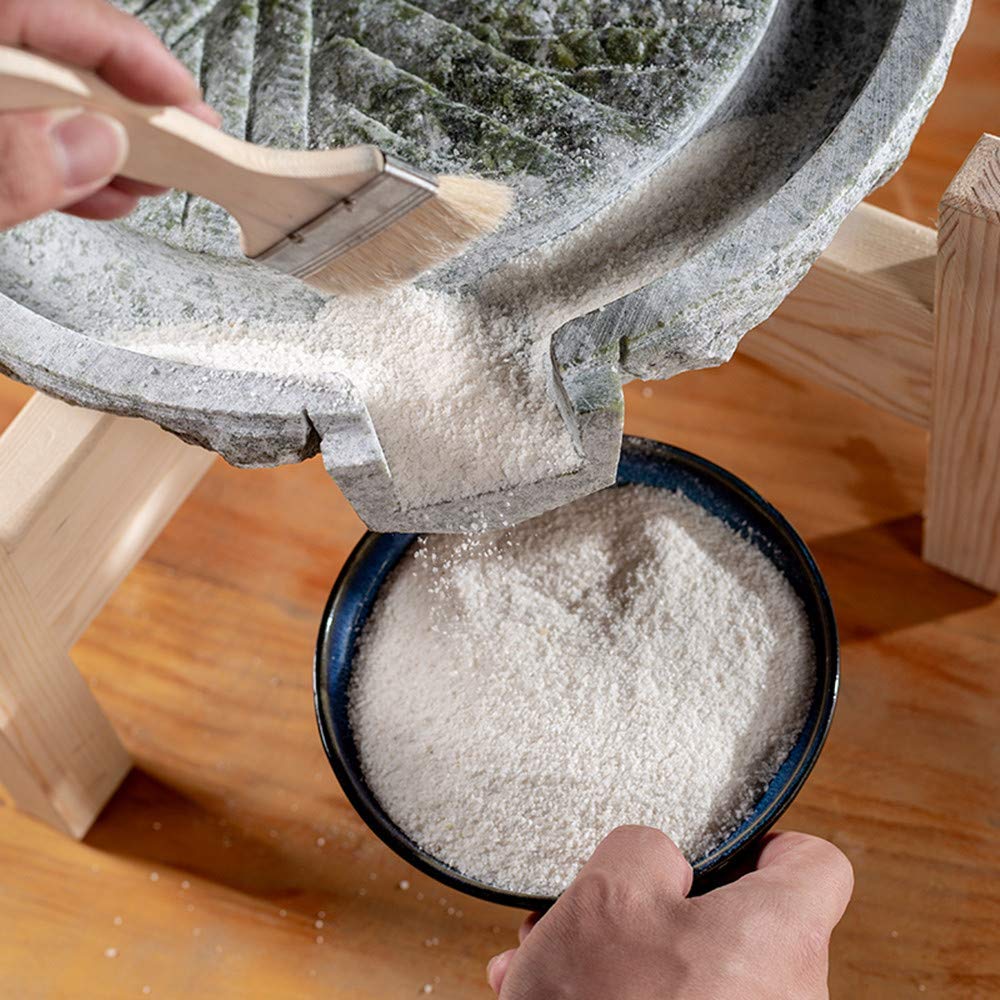

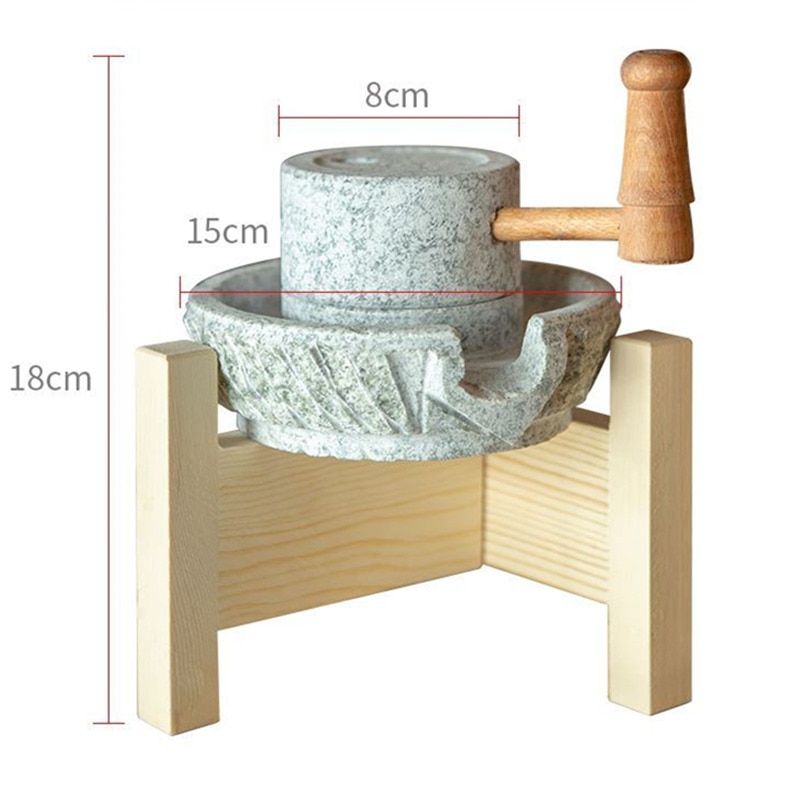

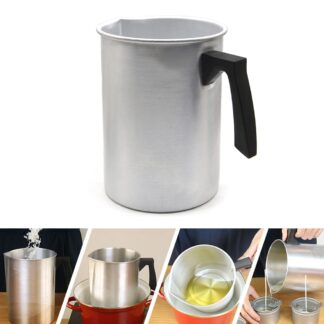
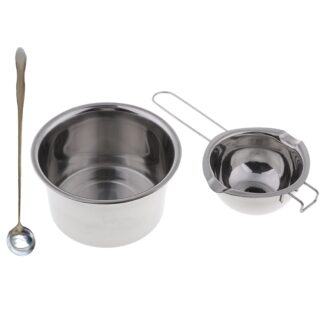
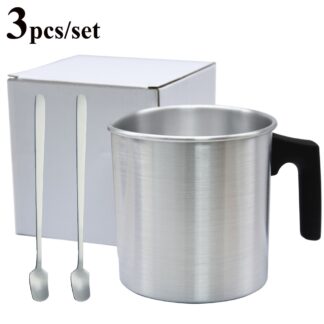
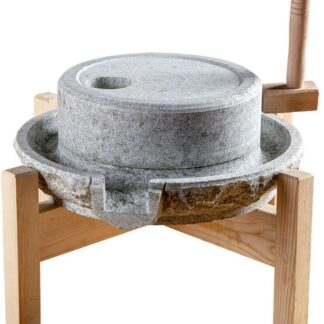
Reviews
There are no reviews yet.